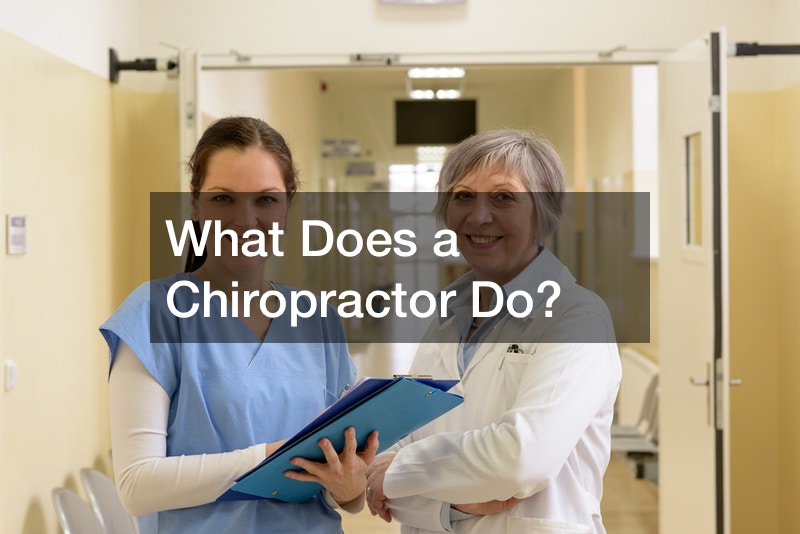
According to Centers for Disease Control, 114 people die each day because of drugs and more than 6,700 people are sent to the emergency room for treatment. In the United States, the numbers associated with drugs and with alcohol are staggering.
Drug overdoses are now the top cause of injury-related death in the United States and more than 20 million Americans aged 12 or older have an addiction. Of that 20 million, more than 2 million received treatment for alcohol abuse disorder in 2016 and more than 5,000 daily emergency visits are attributed to drug abuse.
More than half of new drug users start with marijuana and the abuse of drugs grows from there. The National Academies of Sciences reported in July that eight percent of patients who were prescribed opioid pain relievers develop opioid use disorder and up to 25 percent engage in behaviors suggesting they have become dependent on opioids. Additionally, opioid overdoses are the leading cause of accidental death in the United States.
Alcohol is an ongoing problem as well. Alcohol is the No. 1 drug problem in the United States and affects a wide range of people. Those most vulnerable to problem drinking are young adults between the ages of 18 and 29, while those least susceptible are 65 years of age or older. Roughly 20 percent of college students meet the requirement for an Alcohol Use Disorder.
Approximately 53 percent of adults in the United States have reported that one or more of their close relatives has a drinking problem. In addition, more than 10 percent of children in the U.S. love with a parent with alcohol problems.
With the rise of drug and alcohol addiction, the numbers of people seeking treatment are on the rise as well. The National Survey on Drug Use and Health reported in 2015 that 8.1 percent or 21.7 million people needed substance use treatment in the last year.
An important part of drug and alcohol treatment is the detox process. Detoxing, or the process of ridding the body of drugs and alcohol, can be a painful experience, but it’s an essential one for those wanting to get clean. During the detox process, treatments can vary in time, but there many common steps to the detox process.
- Evaluation: When a patient enters rehab for drugs and alcohol, they are tested for substances that are in their system and put through a health screening to figure out the best treatment plan for their problem.
- Stabilization: This stage is focused on helping a patient ease the symptoms of withdrawal and become drug free. During the stabilization process, patients may experience withdrawal symptoms such as insomnia, chills, Delirium Tremens (DTs) and Post-Acute Withdrawal Syndrome (PAWS) among many others
- Treatment: The detox process is only the first stage in drug and alcohol rehab and helps patients prepare for treatment.
So what happens after the detox process? Well, there are many types of treatments available to help patients stay clean and avoid a relapse.
- A 12-step program
- Holistic Approaches
- Christian recovery centers
- Behavioral Therapy
- Equine Therapy
Admitting you have a problem and seeking help is an important first step. After the detox process it’s important to, find the right detox treatment center to help you in your recovery. Talking to your family doctor at a family practice center can help determine the best course of action to getting clean.
Your doctor at your local family practice center will have knowledge of your medical history and any help issues you may need to be aware of as you seek help. Discussing drug and alcohol issues with a doctor at a family practice center can sometimes be uncomfortable, but your doctor at your family practice center knows you best and can advise you on what to do.
